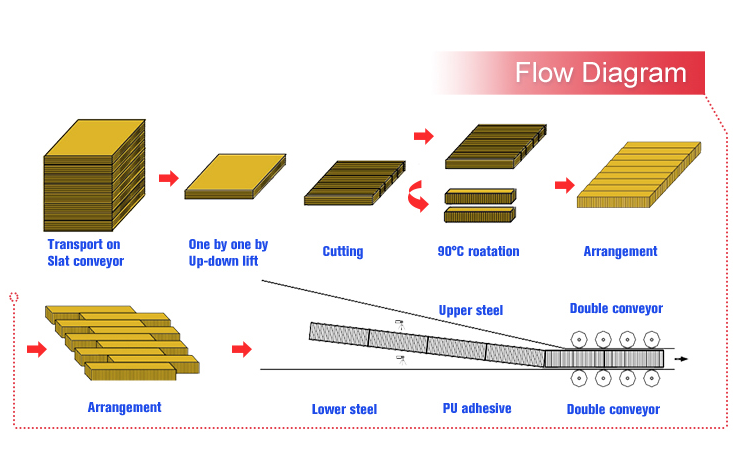Table of Contents

Pre-heating: A Comprehensive Guide
Pre-heating is an essential step in many industrial processes. It involves heating up the equipment or materials before they are used, which can improve efficiency, safety, and quality. In this article, we'll discuss the benefits of pre-heating, when it's necessary, and how to do it properly.
What is Pre-heating?
Pre-heating is the process of heating up a material or equipment before it is used. This can be done for various reasons, such as:
- Reducing thermal shock
- Improving efficiency
- Ensuring proper chemical reactions
- Preventing corrosion
- Improving weld quality
The temperature and duration of pre-heating depend on the material or equipment being used, as well as the process it will undergo. For example, pre-heating is often done before welding to ensure that the weld is strong and prevents cracking.
Benefits of Pre-heating
Pre-heating can have several benefits, including:
- Reducing thermal shock: When a material is subjected to sudden temperature changes, it can cause it to expand or contract rapidly. This can lead to cracks, distortion, or warping. Pre-heating can help the material to expand or contract more evenly.
- Improving efficiency: Pre-heating can reduce the time and energy required to complete a process. For example, when baking a cake, pre-heating the oven can help it reach the desired temperature faster.
- Ensuring proper chemical reactions: Many chemical reactions require a certain temperature range. Pre-heating can ensure that the materials involved in the reaction are at the right temperature to create the desired product.
- Preventing corrosion: Pre-heating can help to prevent corrosion in metals by removing any moisture or contaminants on the surface.
- Improving weld quality: Pre-heating can reduce weld defects and improve the strength of the weld.
When is Pre-heating necessary?
Pre-heating is necessary in many industrial processes, including:
- Welding: Pre-heating can improve the quality and strength of the weld, as well as prevent cracking.
- Casting: Pre-heating can reduce the risk of shrinkage and improve the properties of the final product.
- Bending: Pre-heating can reduce the risk of cracking or distortion when bending materials.
- Hardening: Pre-heating can improve the hardness and wear resistance of metals during heat treatment.
How to Pre-heat Properly
Pre-heating must be done properly to achieve the desired results. Here are some tips:
- Follow the manufacturer's recommendations for pre-heating temperature and duration.
- Ensure that the material or equipment is clean before pre-heating.
- Use the proper heating method, such as torches, ovens, or induction heaters.
- Monitor the temperature using a thermometer or pyrometer to ensure that it remains within the recommended range.
- Allow the material to cool slowly after pre-heating to avoid thermal shock.
Pre-heating and Safety
Pre-heating can involve high temperatures and potential hazards, such as burns and fires. It's important to follow safety precautions, such as:
- Wearing heat-resistant gloves and clothing.
- Using heat shields or barriers to protect nearby objects.
- Ensuring proper ventilation and avoiding enclosed spaces.
- Having a fire extinguisher nearby.
- Following proper lockout/tagout procedures to prevent accidental start-up.
Conclusion
Pre-heating is an essential step in many industrial processes, and it can have several benefits, such as reducing thermal shock, improving efficiency, and preventing corrosion. It's necessary in many applications, including welding, casting, bending, and hardening. Pre-heating must be done properly, using the right temperature, duration, and heating method, to achieve the desired results. Safety precautions must be taken to avoid hazards.
If have any questions,please contatc us as soon as possible.

